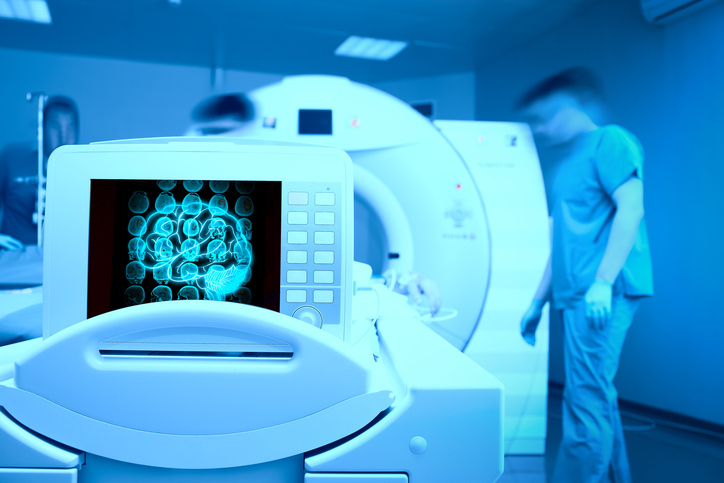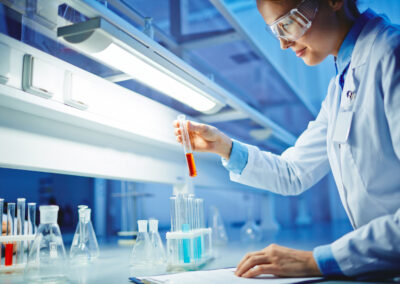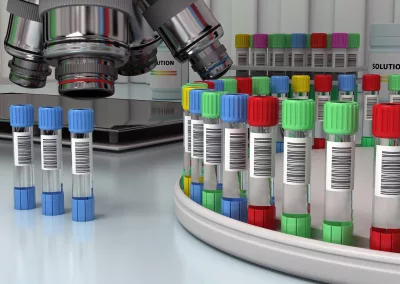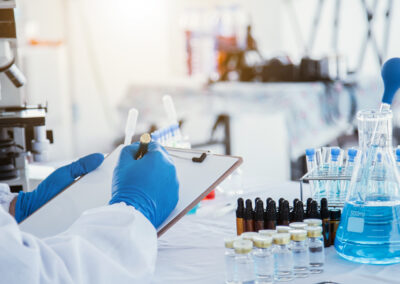Medical devices have advanced beyond the point of simple machinery. Software has begun playing an important role in medical devices and also as stand-alone medical devices. Software as a Medical Device, or SaMD for short, is defined as “software intended to be used for one or more medical purposes that perform these purposes without being part of a hardware medical device.”[1] This is software designed with the express purpose of serving as its own medical device. The software could be a computer program that could be installed on any ordinary computer or it could be extremely complex and need to be paired with specialty equipment. This is different than Software in a Medical Device, SiMD, which can only exist within the actual physical device itself.
Health Canada, the FDA, and the UKs MHRA have set Good Machine Learning Practices (GMLPs) for SaMDs.[2] Similar to Good Manufacturing Practices, GMPs, GMLPs are designed to promote safety and quality in highly advanced software, like AI. There are a total of ten guiding principles for GMLPs set collaboratively between the regulatory bodies.2 As software continues to advance and the world becomes more connected the need for GMLPs will also grow. However, GLMPs are not the only regulations SaMDs are subject to.
SaMD is a medical device, which means under the FDA and other regulatory bodies they are still subject to medical device regulations, just the same as a physical device. This means that a SaMD will still need to go through the approval process of the FDA or any other applicable regulatory body. For the FDA this might mean the SaMD needs premarket approval, a 510(K), or another pathway depending on what class level of device the software falls under. Less complicated SaMDs may even be 510(K) exempt.
Getting a physical device approved can be a challenge in and of itself, a SaMD can be even more so. EMMA International’s team of experts can help ensure your SaMD meets all required regulations and achieves approval in whichever market you are attempting to sell. From ensuring all necessary quality systems are in place to helping file approval submissions EMMA International does it all. EMMA International can help innovation reach reality, give us a call at 248-987-4497 or email info@emmainternational.com to get in touch with our team of experts today.
[1] FDA (December 2018) Software as a Medical Device (SaMD), Retrieved 11/13/2021 from https://www.fda.gov/medical-devices/digital-health-center-excellence/software-medical-device-samd
[2] FDA (October 2021) Good Machine Learning Practices for Medical Device Development: Guiding Principals, Retrieved 11/13/2021 from https://www.fda.gov/medical-devices/software-medical-device-samd/good-machine-learning-practice-medical-device-development-guiding-principles





